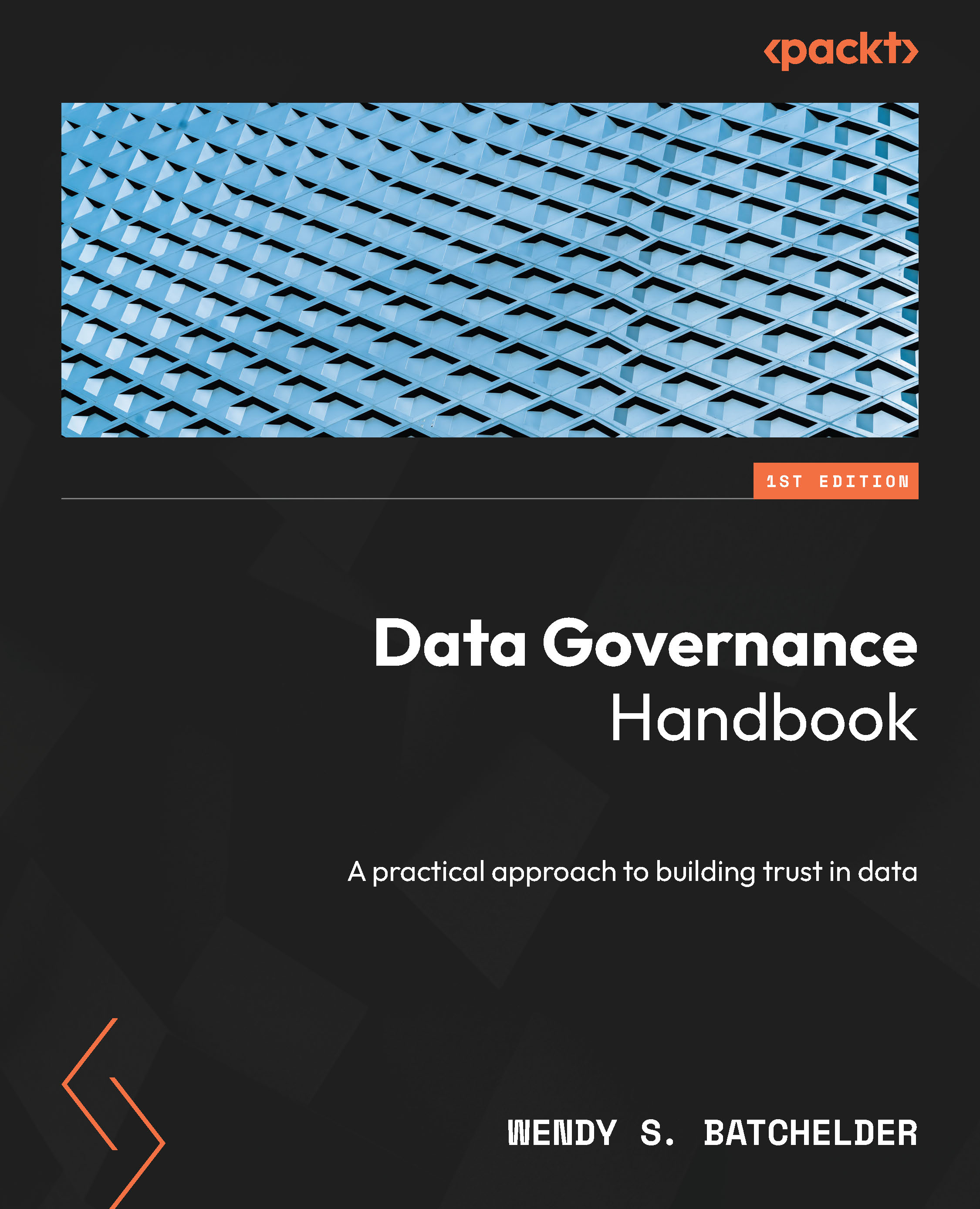Overview of this book
2.5 quintillion bytes! This is the amount of data being generated every single day across the globe. As this number continues to grow, understanding and managing data becomes more complex. Data professionals know that it’s their responsibility to navigate this complexity and ensure effective governance, empowering businesses with the right data, at the right time, and with the right controls.
If you are a data professional, this book will equip you with valuable guidance to conquer data governance complexities with ease. Written by a three-time chief data officer in global Fortune 500 companies, the Data Governance Handbook is an exhaustive guide to understanding data governance, its key components, and how to successfully position solutions in a way that translates into tangible business outcomes.
By the end, you’ll be able to successfully pitch and gain support for your data governance program, demonstrating tangible outcomes that resonate with key stakeholders.



 Free Chapter
Free Chapter

